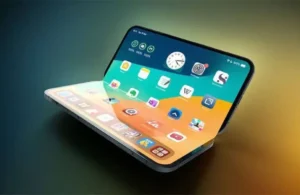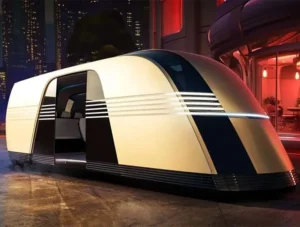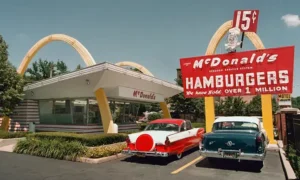Just a few years ago, owning an electric car in California was more a sign of being “ahead of the curve” than a common mode of transportation. Today, things have changed — take a drive on Highway 101, the 405, or I-80 and you’ll see Teslas, Rivians, Lucids, Hyundai Ioniq 6s, and even electric pickups cruising alongside traditional gas cars.
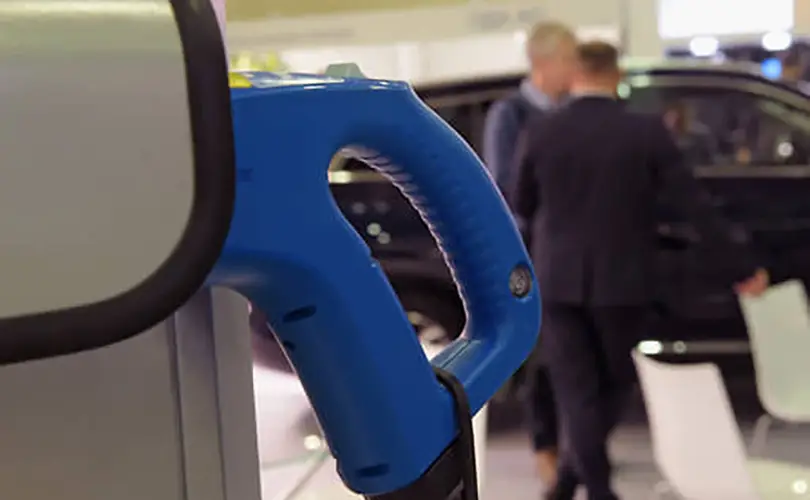
California remains the U.S. leader in registered electric vehicles — with over 1.5 million on the road. And this is just the beginning: manufacturers promise that within the next five years, cars will be able to travel 500–600 miles on a single charge, recharge in just 10 minutes, and cost less than their gasoline counterparts.
What’s Already on the Road
Tesla Cybertruck — The Pickup of the Future

Since late 2024, the Cybertruck has started reaching California customers. Its stainless-steel, futuristic design sparks debate, but it turns heads on the highway. Test drives around Los Angeles show excellent handling, lightning-fast acceleration from 0–60 mph in 2.6 seconds, and a real range of about 340 miles.
Rivian R1S and R1T — Electric SUVs for the Outdoors
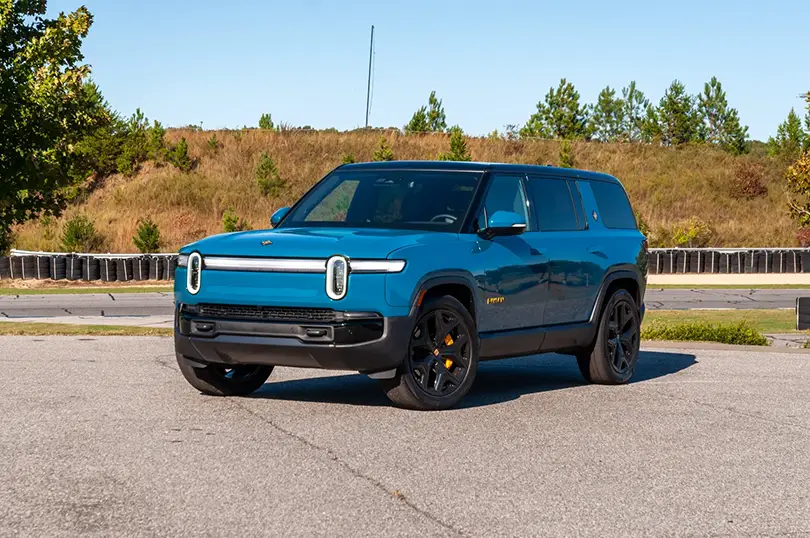
Rivian targets camping and adventure lovers. The new R1S offers a 180 kWh battery with a range of up to 410 miles. With all-wheel drive, high ground clearance, waterproofing up to 3 feet, and a built-in slide-out “kitchen” for campsite cooking, it’s designed for explorers.
Lucid Air Sapphire — The Range Champion
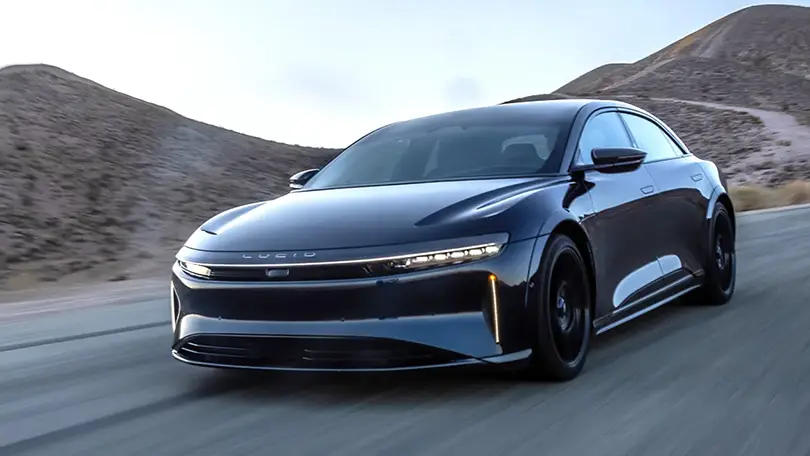
Lucid still leads in range. The 2025 Sapphire can go 516 miles on a single charge. It accelerates from 0 to 60 mph in under 2 seconds. Test drives in San Jose praise its luxurious interior and near-silent ride.
Hyundai Ioniq 6 and Kia EV9 — Family Comfort
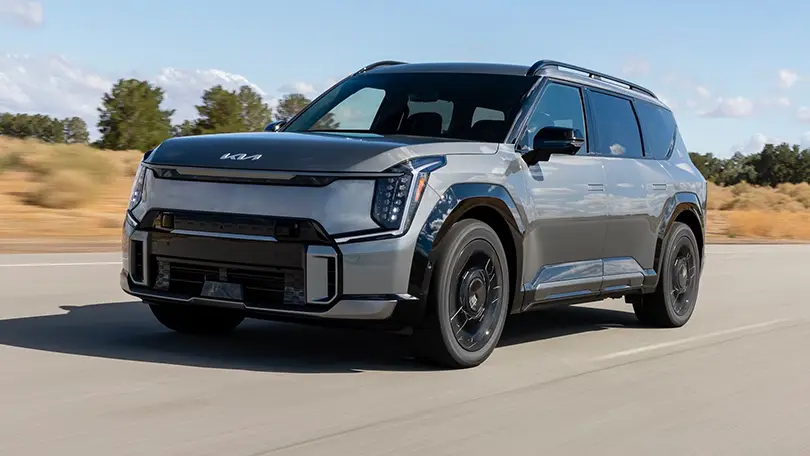
Korean brands are quickly gaining ground in California. The new EV9 is a three-row electric SUV with a range of 300+ miles, fast charging, and a price under $60,000. Many choose it as a family alternative to gasoline SUVs.
Technology That’s Changing Driving
Modern electric cars aren’t just “cars without gas.” They’re becoming “smart gadgets on wheels”:
- Autopilot and Driver Assistance
Tesla FSD Beta, Rivian Driver+, and Hyundai Highway Driving Assist can keep the car in lane, change lanes, and in some cases even drive to you in a parking lot. - Bidirectional Charging (V2G)
New models like the Ford F-150 Lightning, Kia EV9, and Hyundai Ioniq 5 can not only charge but also supply energy back to your home or the grid — a big plus in California, where power outages happen. - Ultra-Fast Charging
The latest 350 kW charging stations can add 200 miles of range in 10–15 minutes. - Over-the-Air Updates
Like a smartphone, an EV can get new features online. For example, Tesla can improve acceleration or update Autopilot without a service visit.
Charging Infrastructure in California
In 2015, drivers had to plan trips carefully due to scarce charging options. Today, California has over 105,000 charging points, including:
- Tesla Superchargers — 2,000+ locations, many with V4 350 kW chargers.
- Electrify America — fast charging along major highways and in cities.
- EVgo and ChargePoint — focused on urban areas, malls, and business centers.
State programs are funding chargers in residential complexes, schools, and libraries. In rural areas like Mendocino County or the Mojave Desert, solar-powered stations with battery storage are appearing.
Real Impressions from California Drivers
- Adam, Santa Clara: “I switched from a gasoline Honda Accord to a Hyundai Ioniq 6. First surprise — the silence. Second — savings: I spend three times less on ‘fuel.’”
- lyciya, Los Angeles: “We have a Kia EV9. The kids love the third row, and I love charging at home at night on a cheaper rate.”
- Stan, Sacramento: “The Cybertruck is like the iPhone of pickups. Everyone stares when you drive by.”
What’s Coming in the Next Few Years
- Toyota Solid State EV — promised 600-mile range and 10-minute charging.
- Aptera Solar EV — a three-wheeled solar-powered car that in California might almost never need plugging in.
- Polestar 5 and 6 — premium sports coupes focused on sustainability.
Conclusion
California is already living in the future of electric transport. Cars are becoming faster, more convenient, and more affordable. Chargers are everywhere, and charging times are shrinking. For many residents, an electric car is no longer an experiment — it’s an everyday vehicle.
And in the next 5–10 years, California’s roads will change even more: gas cars will remain, but they’ll be rare — like old diesel cars are today.

